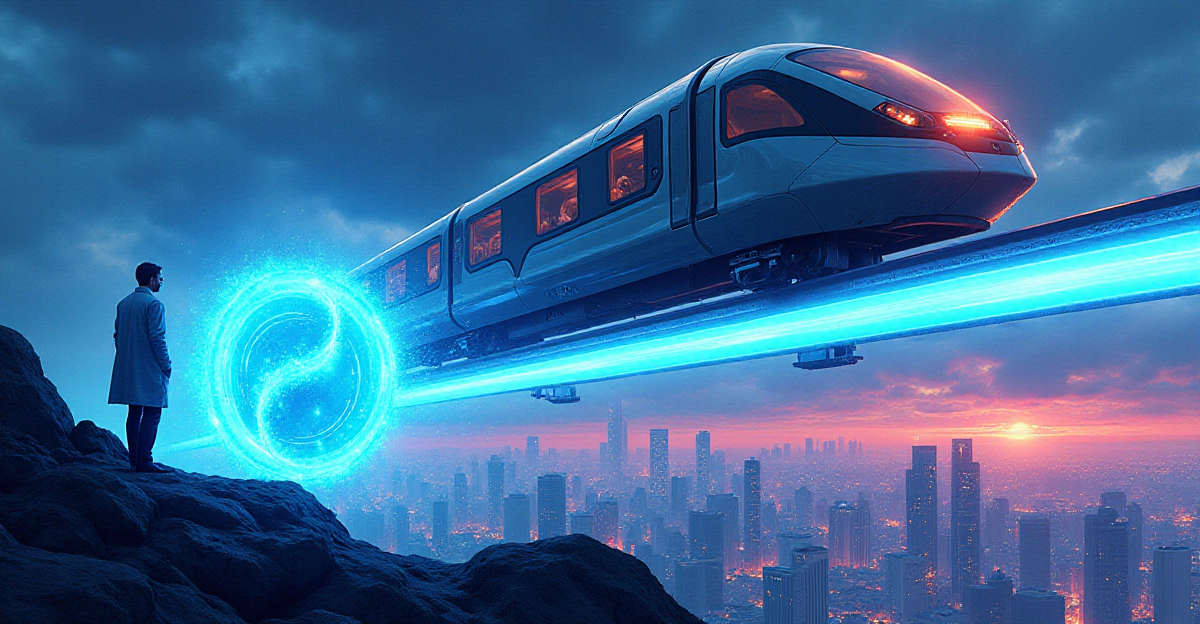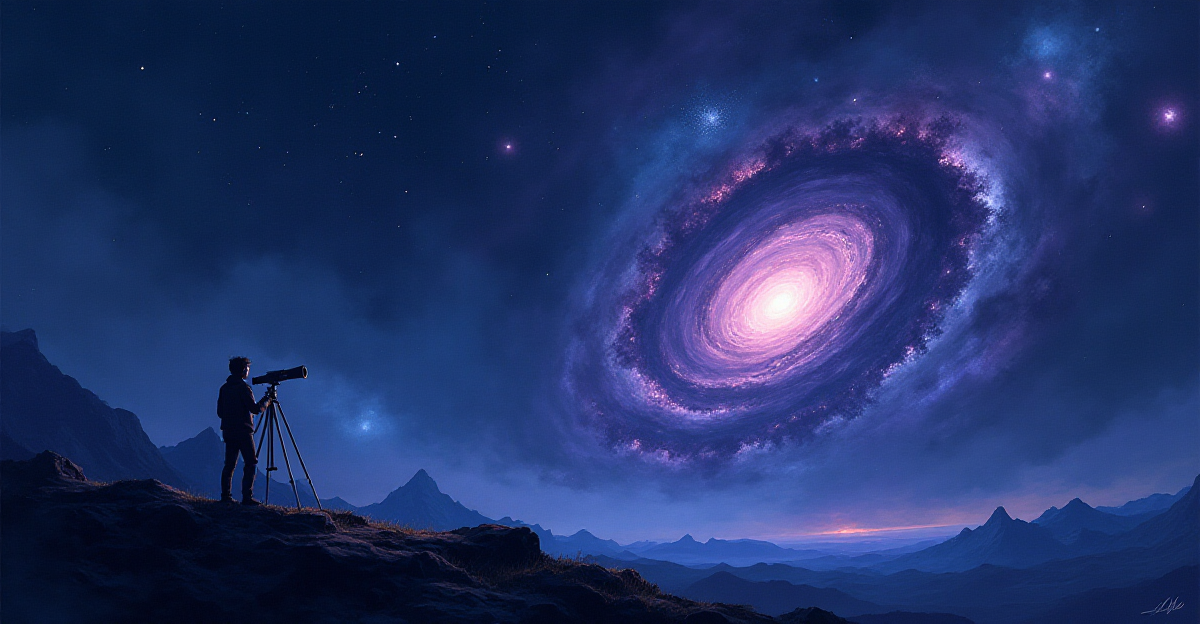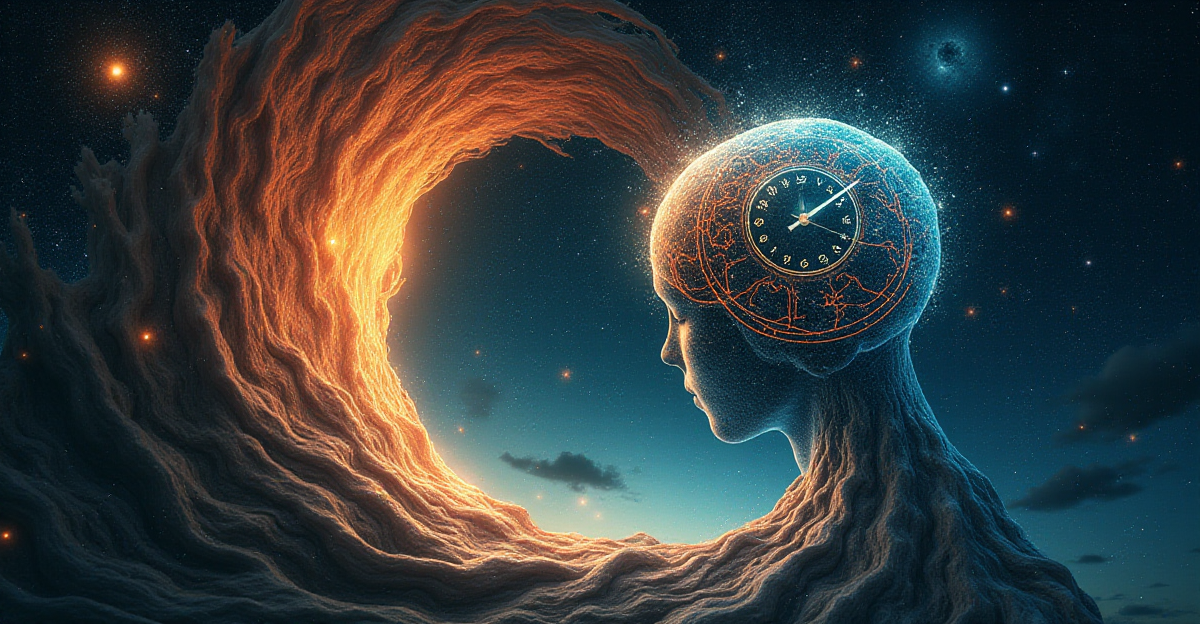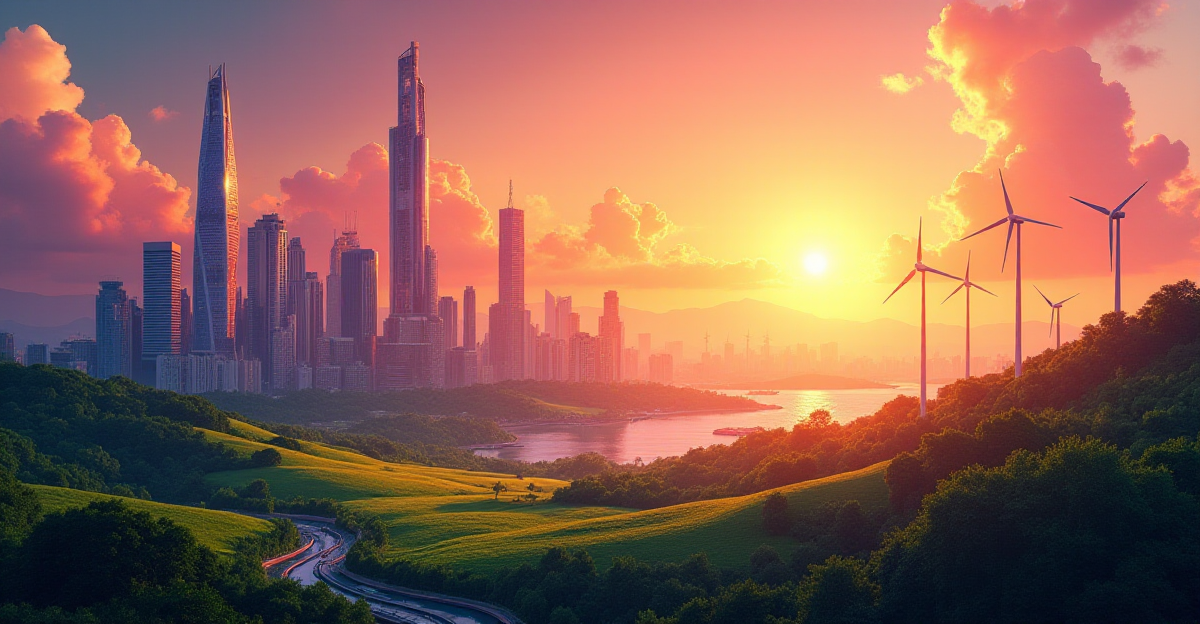Time Dilation: A Journey Through Einstein’s Relativity

Key idea from Einstein’s theory of relativity, time dilation proposes time can run at different rates for different observers. This page explores how strong gravitational fields or fast speeds might produce this amazing effect. My obsession with time travel stories drove me to investigate actual cases, such as GPS satellites, where time dilation needs to ...
Read MoreSuperconductivity: The Path to Zero Resistance

Superconductivity is the phenomena whereby, at low temperature below a certain temperature some materials conduct electricity with zero resistance. From its invention in 1911 to current uses in MRI scanners, maglev trains, and even lossless power grids, this page chronicles the history. A tour of a physics research center exposed me to the cryogenic settings ...
Read MoreUnseen Forces: The Quest to Understand Dark Matter

Though it makes around 27% of the cosmos invisible, dark matter affects cosmic gravity and remains one of the biggest riddle in physics. From gravitational lensing to galactic rotation curves, this page travels across the evidence of its existence. One night at an observatory, where astronomers discussed how dark matter forms the universe, my interest ...
Read MoreQuantum Entanglement: The Spooky Action Explained

Albert Einstein famously termed spooky action at a distance, quantum entanglement is the phenomena whereby particles are instantaneously linked over great distances. This paper questions our knowledge of physics by investigating the enigmatic realm in which entangled particles can possibly interact faster than light. I became fascinated with how this could transform sectors from cryptography ...
Read MoreBeyond Fossil Fuels: Innovative Alternatives Shaping Our Future

Examining the innovative substitutes for fossil fuels—from solar and wind to less traditional options like tidal energy and biofuels. Talk about their environmental effect, technological developments, and feasibility. Renewable Energy Sources: Powering a Sustainable Future Unquestionably, fossil fuels have changed our globe; from increasing sea levels to severe storms. We must start down a better, ...
Read MoreHeliophysics: Understanding the Sun and Its Effects on Space

Discover heliophysics—the study of the Sun and its interactions with planetary surroundings. Find out about solar flares, the solar wind, and how these events impact space weather and technologies. The Dynamics of the Sun Ever find yourself wondering about Sun’s behavior? It is a strong star that profoundly affects our planet and the whole solar ...
Read MoreUnraveling the Mysteries of Dark Matter

Look at one of the toughest riddles in the universe: dark matter. This page clarifies our knowledge, our search for information, and how it could affect our perspective of the universe. What is Dark Matter? Imagine a great, cosmic ocean bursting with galaxies, stars, and planets. What if, however, we could only view a small ...
Read MoreThe Physics and Psychology of Time Perception

From a psychological as well as a physical standpoint, consider how time could seem to fly or drag. Einstein’s relativity and cognitive science are combined in this paper to clarify our personal sense of time. Time Dilation and Relativity: How Physics Influences Our Perception of Time Have you ever considered why time seems to fly ...
Read MoreRenewable Energy Innovations: Paving the Way for a Sustainable Future

Renewable energy technologies are front and foremost as the globe strives toward sustainability. From solar power to biofuels, the most recent developments in renewable energy—from which this article investigates their possible influence on the world energy scene The Importance of Renewable Energy The urgent problem of the climate crisis calls for a change to greener ...
Read MoreThe Science Behind the Auroras: Earth’s Natural Light Show

The celestial phenomena of auroras is examined in this page. Find out where you might best see these amazing displays created by solar particles interacting with Earth’s magnetic field. Formation of Auroras Have you ever gazed up at the night sky and been enthralled with a vivid dancing light show? Dubbed auroras, these heavenly beauties ...
Read More









